Who were the UK's first female police officers?
7-8 minute read
By Ellie Ayton | March 3, 2022

The 1920s was an arresting period for women and gender equality. Times were changing, and some trailblazing women rose through the ranks to make history. This is their story, told through the 1921 Census of England & Wales.
The First World War opened many doors for women, and after the Armistice, they were keen to keep it that way. They’d tasted freedom and independence and had no desire to return to being merely wives and mothers. It would have been a criminal offence: wouldn’t you agree?
Find your inspiring female ancestors
What can we learn about the early history of women in policing? Who was rising through the ranks in 1921? We turned to our family history records to crack the case.
Hello, hello, hello
In 1914, Margaret Damer Dawson, a prominent anti-vivisectionist, and Nina Boyle, a women’s suffrage campaigner, founded the Women’s Police Volunteers. The goal was to offer advice and support to women and children on the streets of London.

Margaret Damer Dawson and Mary Allen, pictured during the First World War. Image courtesy of the Imperial War Museum.
Deriving from the earlier police matrons, they would be on hand to help with female victims and possible criminals.
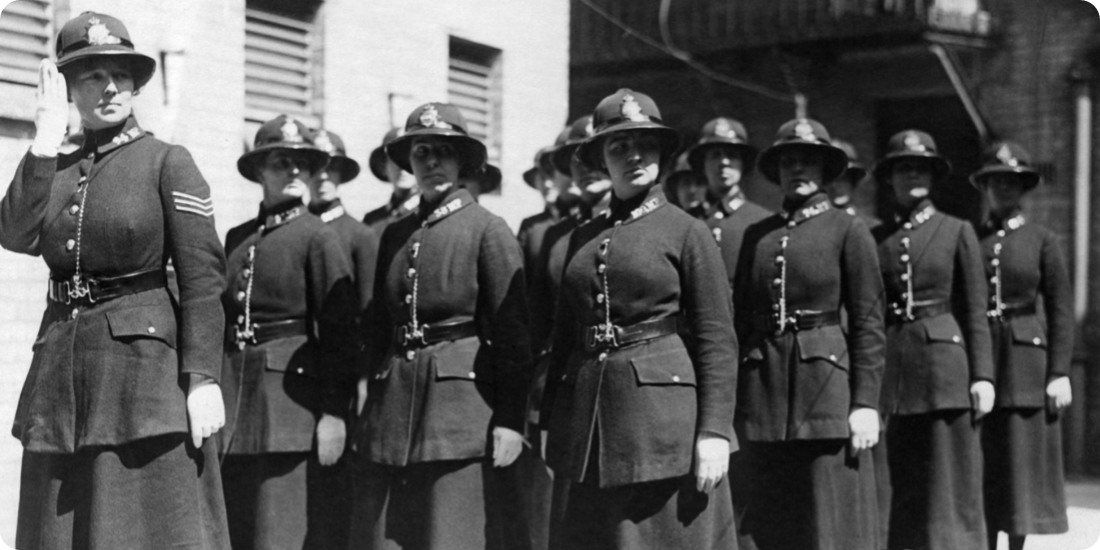
Female police officers, pictured in 1921, from our Photo Collection.
Merely a year later, the two women’s opinions differed, and the organisation became the Women’s Police Service to maintain decency and morality among women, with female officers enforcing. A new curfew to monitor women of ‘loose behaviour’ was against Boyle’s feminist beliefs.
She broke away from Dawson, and Dawson took on Mary Sophia Allen, known later for her support of Oswald Mosely and fascism, as her second.
On the beat
In 1915, Edith Smith became the first woman to be awarded powers of arrest. A year later, it became possible for women to become police officers, but not for them to be sworn in. And until 1946 it was still required for a woman to resign once she married.
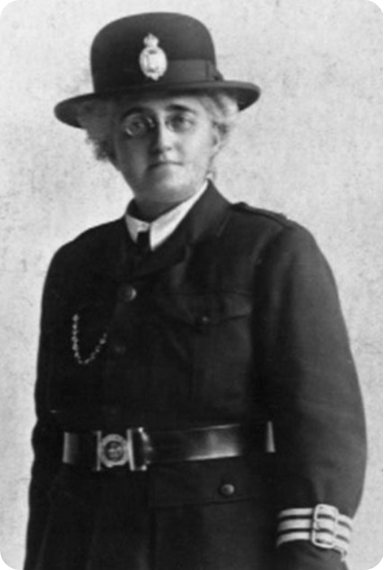
Edith Smith in her police uniform.
Between 1919 and 1922, around the time of the 1921 Census of 19 June 1921, there were just shy of 200 serving female police officers in the newly-founded Metropolitan Police’s Women Patrol, London, which was a somewhat separate organisation to the Women’s Police Service.
In 1922, the Geddes Axe pulled back on public spending. One of the casualties was the Metropolitan Police’s Women Patrol, which was cut to a mere 40 officers. Not a dissimilar situation to the Football Association banning female football players from FA grounds in late 1921.
Alice Bertha Clayden
If you’ve watched our 1921 Census how-to video, you should be familiar with this particular case file. And if not, give it a watch to find the cops and robbers in your family tree.
Alice Bertha Clayden came from a family of police officers. Her father and brothers were all serving policemen, key evidence we found in our census records.
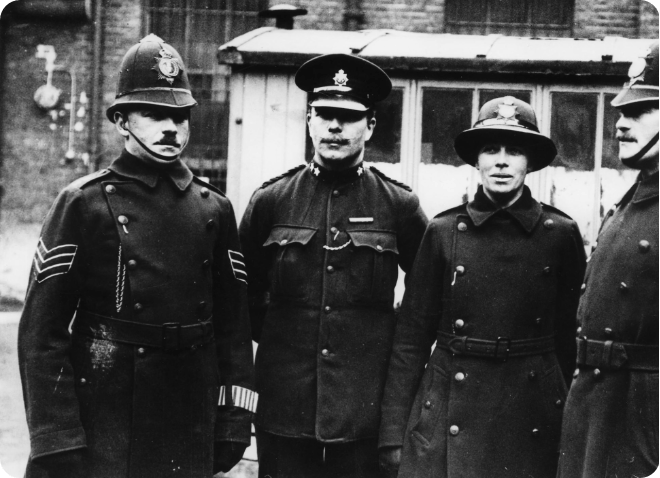
Inspector Alice Bertha Clayden, with her three brothers: Sergeant Frank Clayden, Inspector Charles Henry Clayden, and Sergeant Alfred William Clayden.
She took up her baton in 1919 and was a sergeant by 1921. Later, Alice became the first female police offer to rise to the rank of inspector.
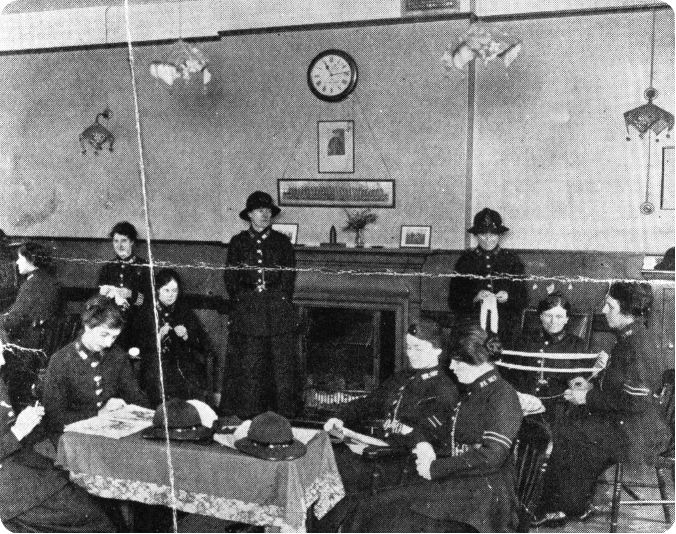
Section House in 1919.
In 1921, Alice was living at Section House, Ixworth Place, London, along with 40 other unmarried or widowed female police officers. It’s incredible to see so many of these history-making women together under one roof. Did they know they were paving the way for the future?
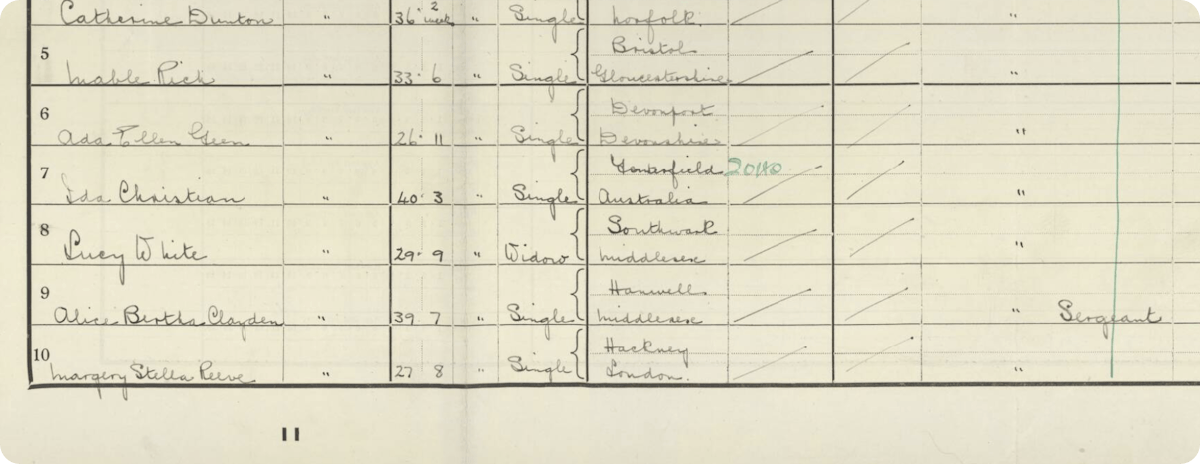
Alice Bertha Clayden in the 1921 Census.
In 1928, Alice’s career made the newspapers when her brother received an award. The article referenced a whole family of law-abiding citizens, even a few cousins.
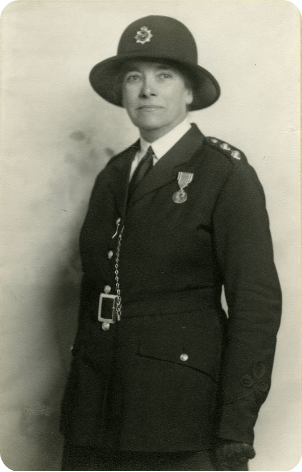
Inspector Alice Clayden in the 1930s.
Alice married Arthur Wheal in 1948, a fellow police inspector who had retired in 1929. She died in Bournemouth in 1958, aged 76.
Florence North
Another trailblazer was Florence Maud North, born in London in 1895. In 1911, her widowed mother was head of the household at 44 Shorrolds Road, Fulham, and Florence was a tie maker. Her father Henry, a Hampshire-born butcher, had died in 1909. He left his widow £187.
By 1921, Florence was part of the Police Women’s Patrol. Still living with her mother, who was now a cleaner, also in the household was an adopted son, Forrest, and two visitors, brothers Sidney and Harold Smith. Sidney was a mechanic, and Harold was a fellow police officer.
Romance blossomed, and two years later, Florence married Harold. But she had resigned, no reason given, from the Metropolitan Police in October of 1921, potentially ahead of her marriage. We’re indebted to the Metropolitan Women Police Association for this key clue.
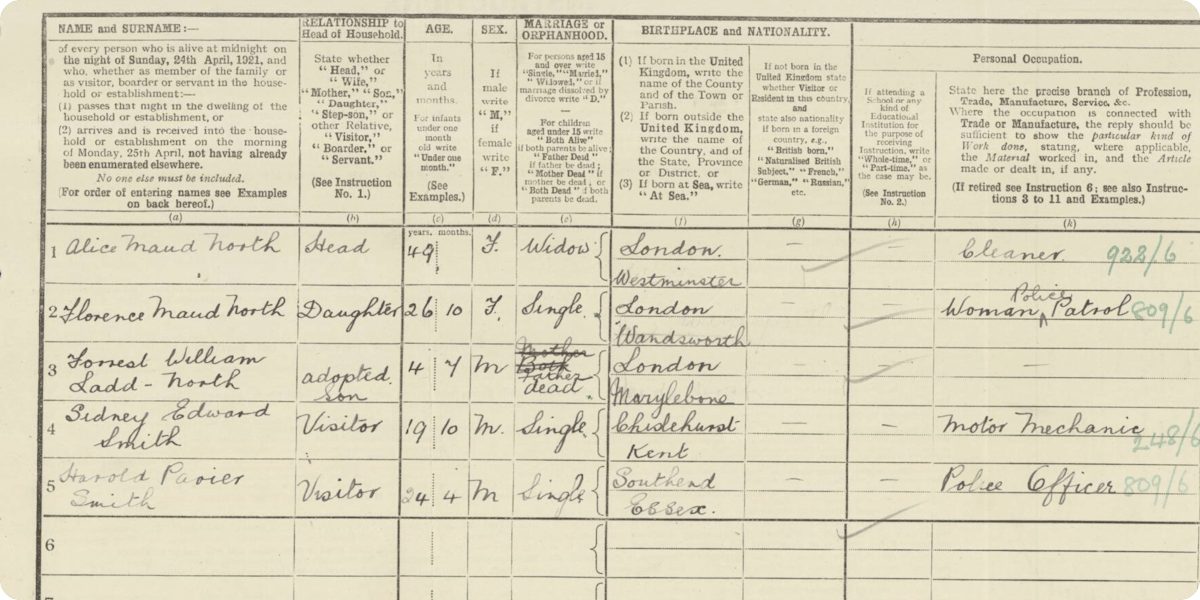
Florence North in the 1921 Census.
While Florence became a housewife, Harold rose to become chief inspector. According to one newspaper report, detailing his retirement in 1946, he’d been commended no less than 49 times during his career.
Lilian Wyles
Born in Lincolnshire in 1885, Lilian Mary Elizabeth Wyles became one of the first officers to take statements from female and juvenile assault victims, rather than using an assistant. She was one of three original sergeants in the Women’s Police Patrol.
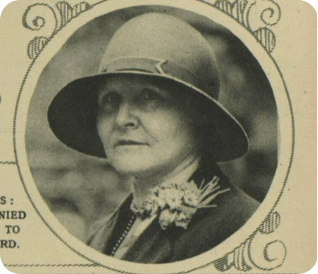
Inspector Lilian Wyles, pictured in the Illustrated London News, 16 June 1928.
In 1921, Lilian was a sergeant and boarding at 30 Bedford Square in Brighton, along with other young professionals such as a wine merchant, a waitress and a female bookkeeper. Her mother Julia was also in the household. Perhaps she was on holiday, taking a well-deserved break from catching criminals?
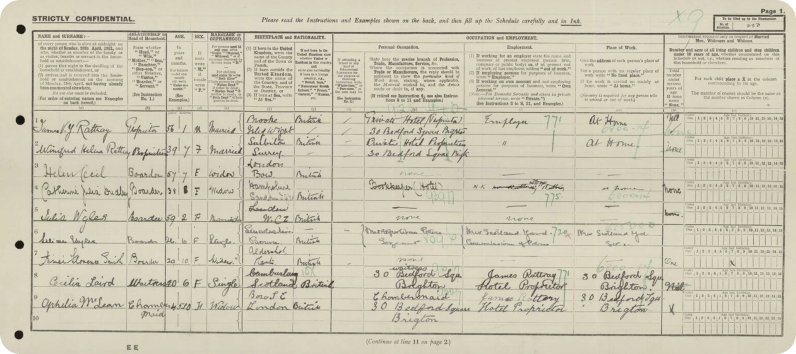
Lilian and her mother Julia in the 1921 Census.
Merely months after the 1921 Census was taken, Lilian was vocal about giving female officers powers of arrest. Her words are preserved for all time in our newspaper archive. That’s what we call closing the case.

Common Cause, 28 October 1921.
In 1928, Inspector Wyles escorted Miss Irene Savidge to Scotland Yard. Savidge was a factory worker and the subject of a police interrogation following an indecency scandal with the married Sir Leo Chiozza Money. The questioning lasted five hours, and Lilian planned to be the female officer present, before she was dismissed from the interview. There was later an inquiry into Savidge’s treatment.
Lilian was promoted to chief inspector in 1932, a position she still held when she was recorded in the 1939 Register living with her niece, Agnes.
When she retired in 1949, newspapers reported on her long service to the police. According to the evidence we unearthed, she served for 30 years, longer than any other female police officer in London, and only ever had one sick day.
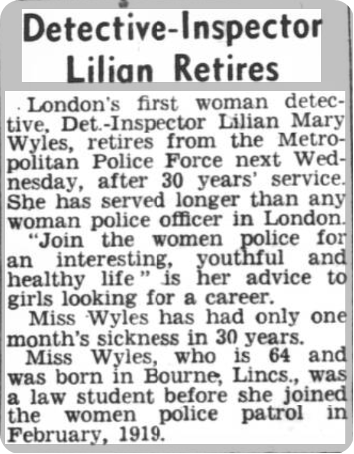
Hartlepool Northern Daily Mail, 11 February 1949.
She died in Penzance, Cornwall in 1975.
Other female police officers in the 1921 Census
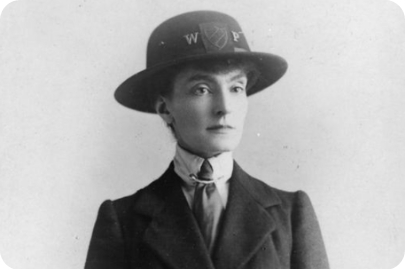
In 1921, the first commander of the Metropolitan Police’s Women Patrol was living at Hill House in Eltham. Sofia Stanley bucked the trend as a married serving police officer, having wed Henry Stanley in 1899. They had one daughter, Theodora. Sofia’s tactics were criticised by Lilian Wyles. After an enquiry in 1922, Sofia was replaced with Alice Clayden. The image is courtesy of the Imperial War Museum.
We found West Ham-born Ellen Rachel Boar before she married future hubby Harry Flitton. She was living at 4 Southchurch Road in East Ham with her father and sister. We suspect the respectable Ellen filled out the census form herself: the handwriting is different to that of her father’s in his signature. You can view the full record here.
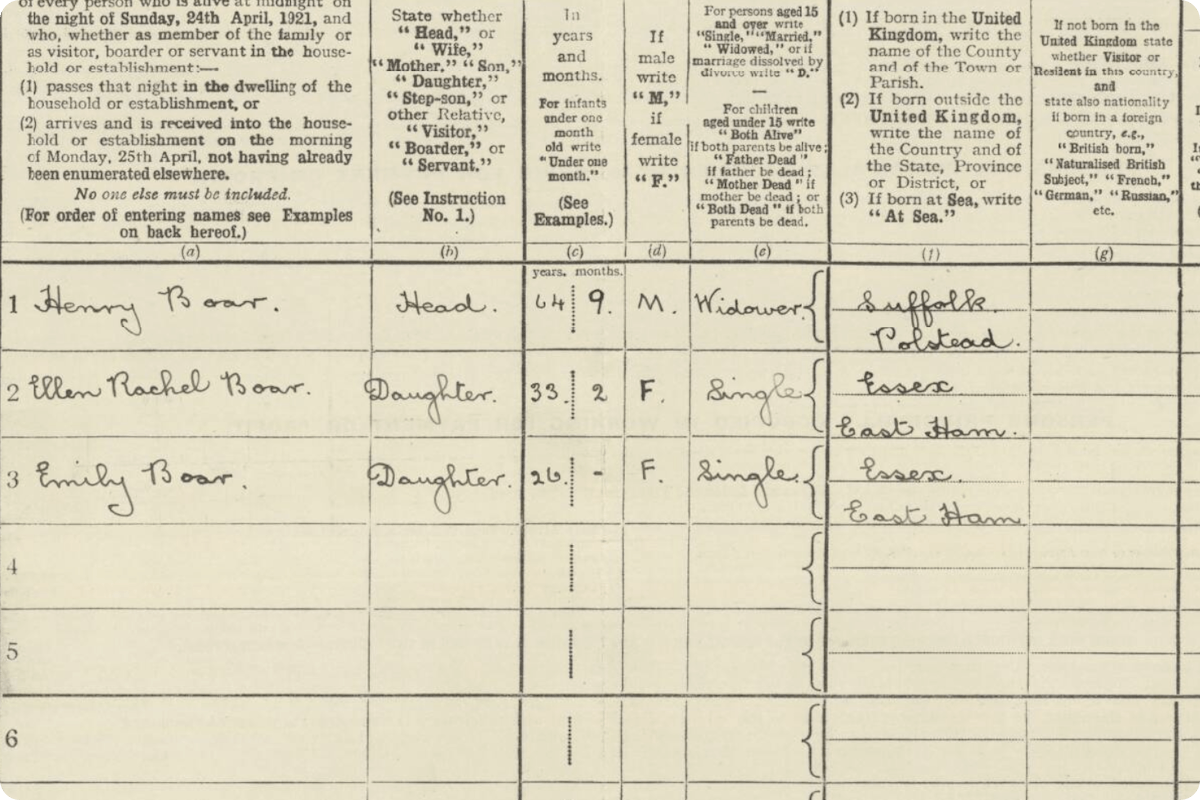
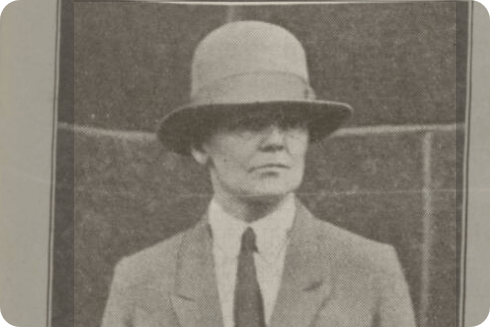
The first attested female superintendent in the Metropolitan Police was Dorothy Olivia Georgiana Peto. Born in Hampshire, in 1921 we found her living with other working women in Birmingham. A true pioneer of women’s policing. The photograph of Dorothy is from The Vote, 15 September 1933.
Alice Lavinia Louisa Owencroft was living with her widowed mother and sister at 21 Packington Street, London. Her father Thomas died in 1920, possibly not from natural causes: we found a Thomas Owencroft attempting suicide in 1915. Alice served twice in the Metropolitan Police: from 1919 to 1922, and then from late 1922 to 1930. Image from our Photo Collection.
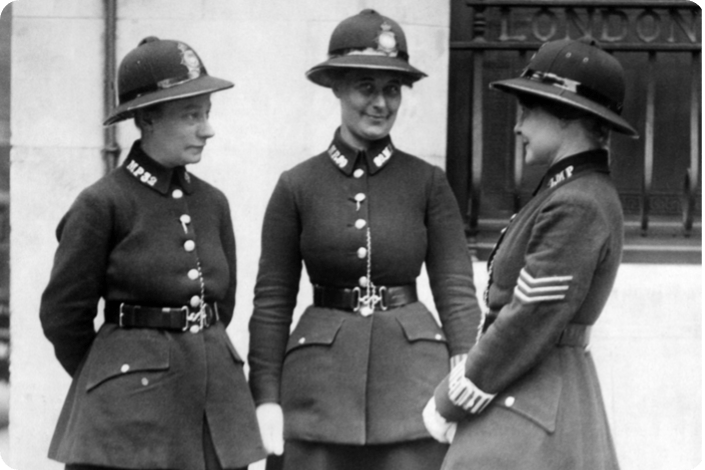
Were any of your female ancestors among the first, pioneering female police officers? Share your stories with us on Facebook, Twitter and Instagram.
Related articles recommended for you

New and exclusive Coventry records now online
What's New?
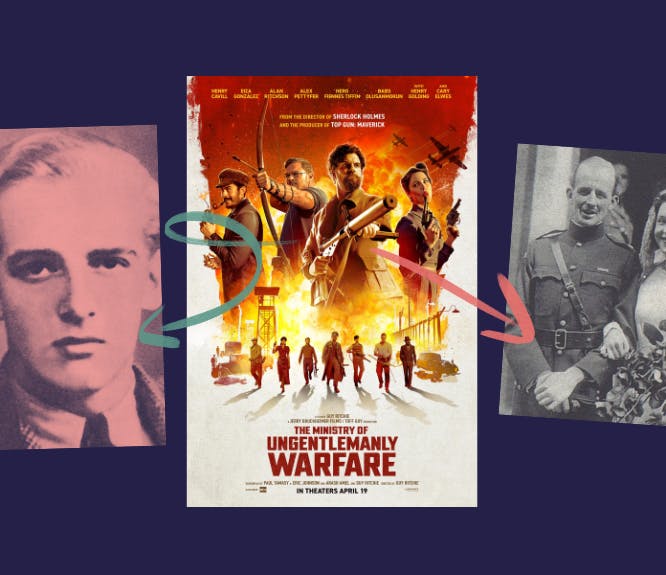
The incredible true story behind The Ministry of Ungentlemanly Warfare
History Hub
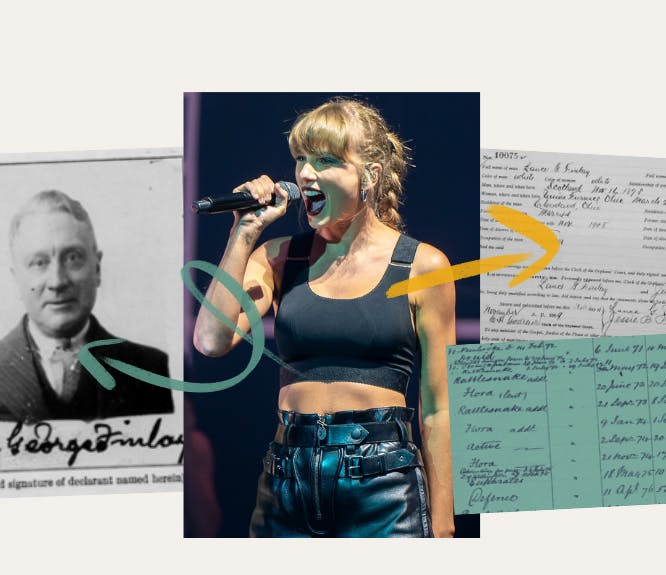
Taylor Swift’s family tree shines with love, heartbreak and the triumph of the human spirit
Discoveries

